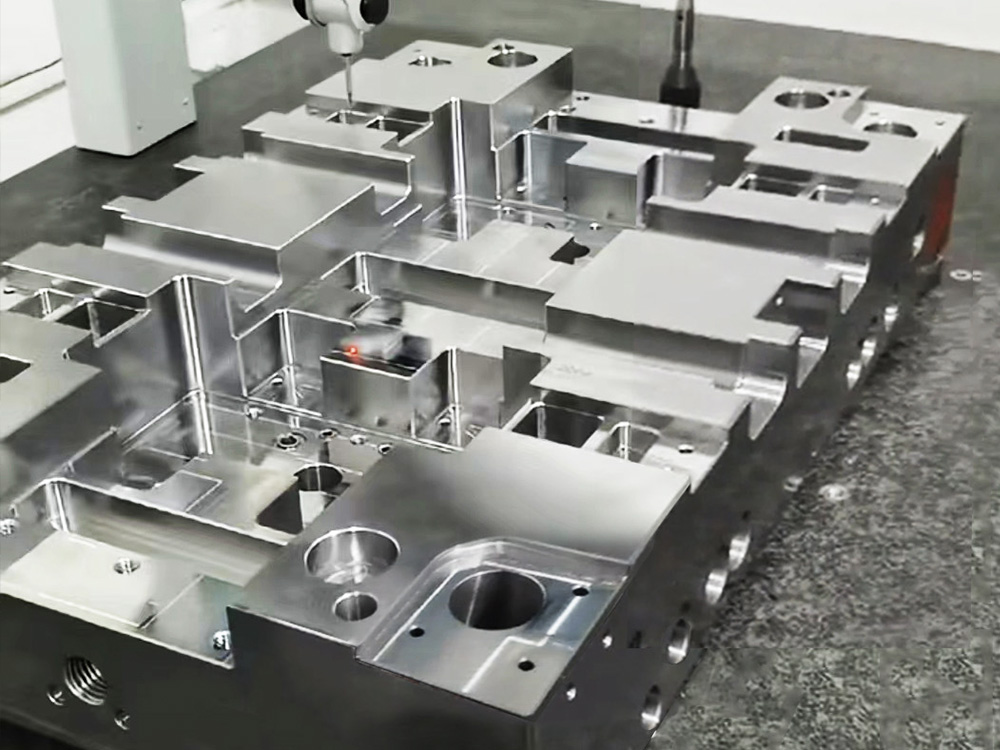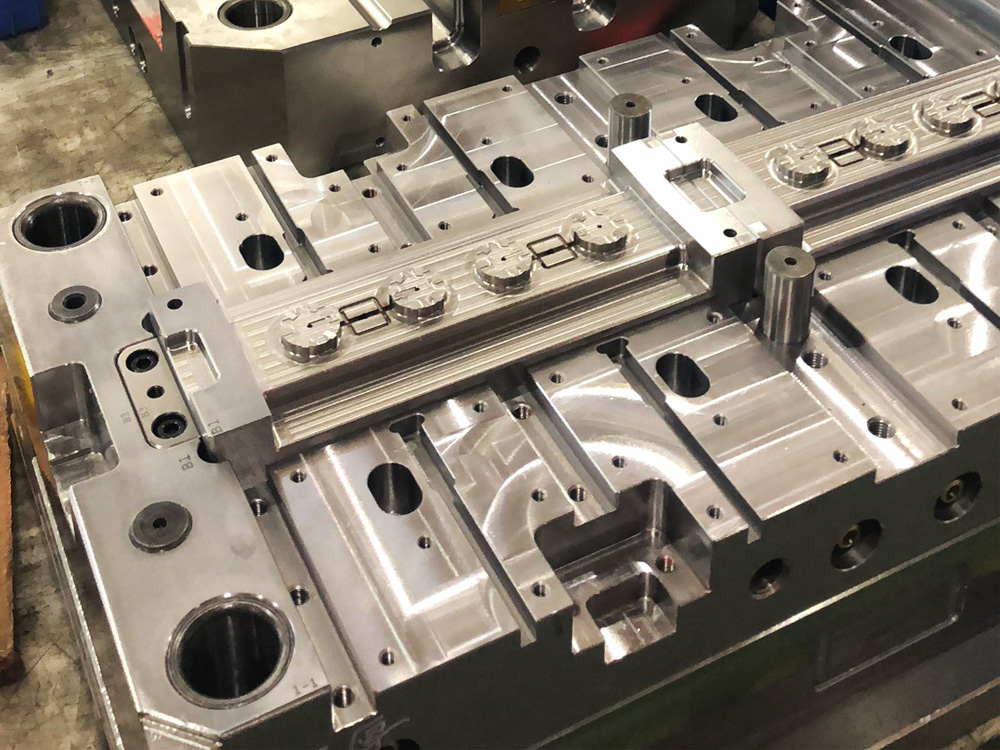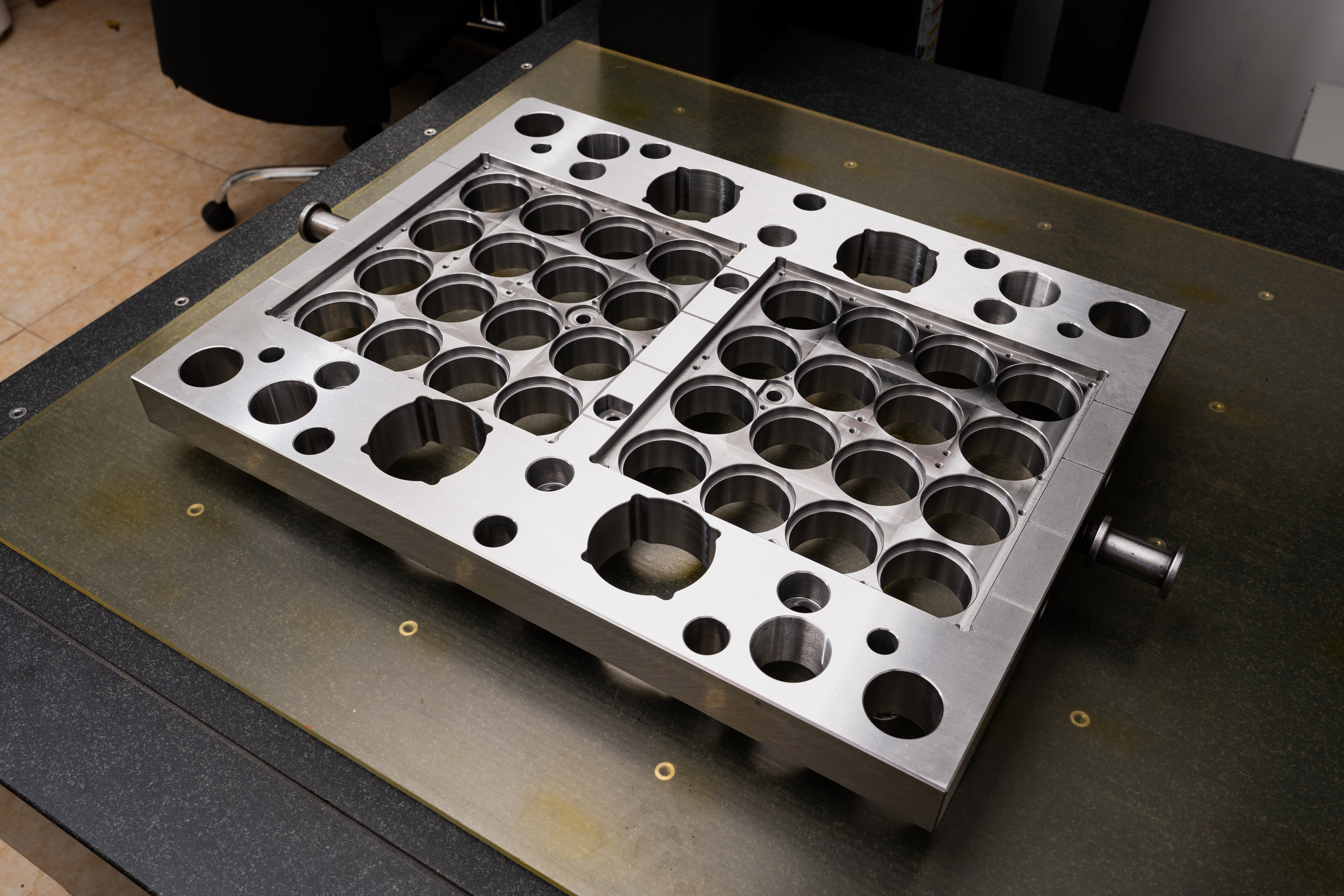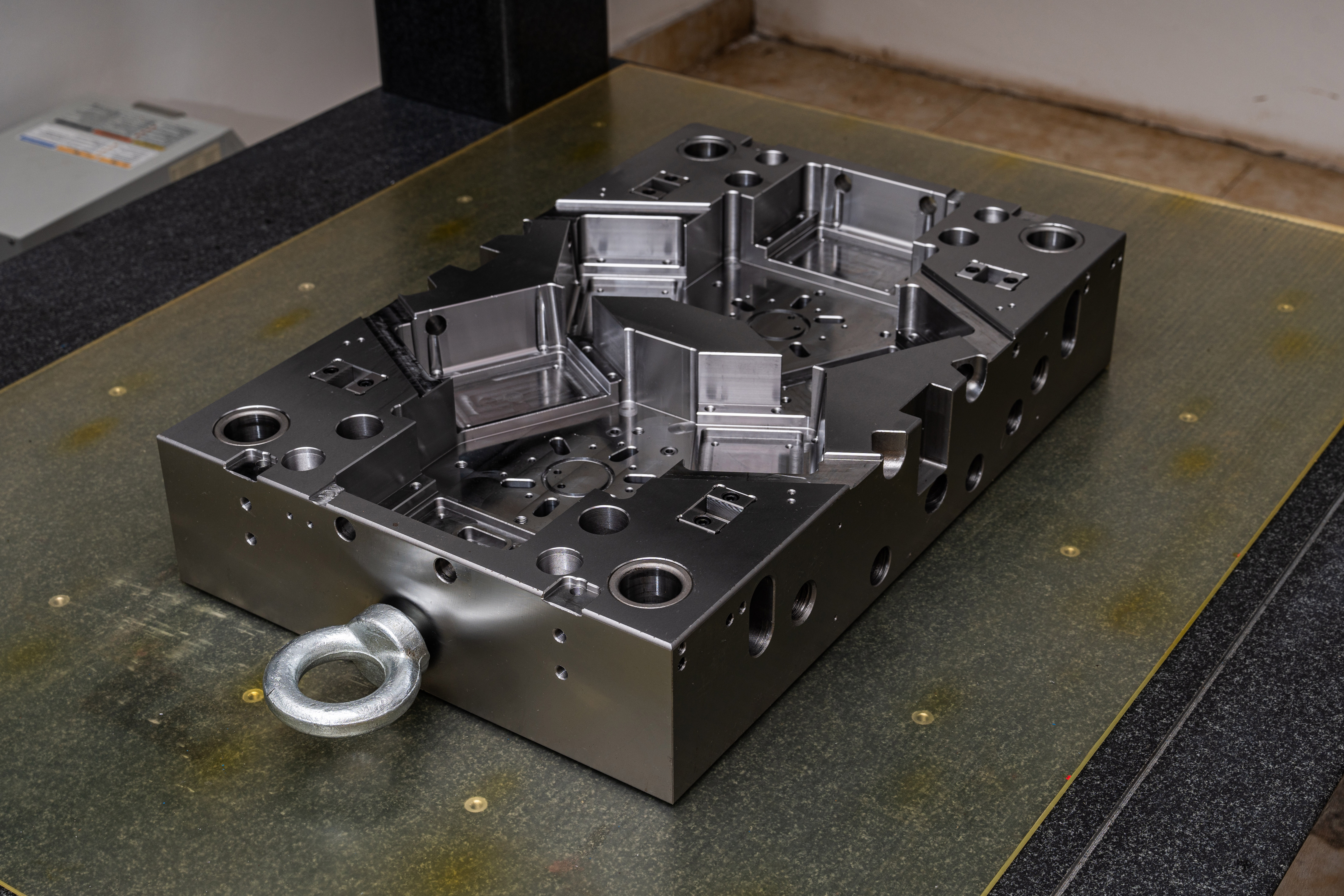How to Estimate the Cost of a Modular Framework in the Mold Base Industry
In the mold base industry, estimating the cost of a modular framework is a crucial step in determining the overall cost of a mold base project. The cost estimation process requires a clear understanding of the various factors that influence the cost, such as material selection, design complexity, manufacturing processes, and tooling requirements. This article aims to provide a professional and concise overview of the key considerations involved in estimating the cost of a modular framework in the mold base industry.
Material Selection
The choice of material for the modular framework plays a significant role in determining the overall cost. Common materials used in the mold base industry include tool steels, aluminum alloys, and copper alloys. Tool steels are typically the most expensive option due to their high strength and durability. Aluminum alloys offer a more cost-effective alternative, providing adequate strength while being lightweight. Copper alloys are used for applications that require excellent thermal conductivity. The cost of the material should be evaluated based on the specific requirements of the mold base project.
Design Complexity
The complexity of the modular framework design directly impacts the cost. A more intricate design with intricate details, tight tolerances, and complex contours often requires additional machining and tooling operations. These additional operations increase the labor and tooling costs. Conversely, a simpler design with fewer intricate details may reduce the overall cost. It is crucial to carefully evaluate the complexity of the design and consider the trade-off between design complexity and cost implications.
Manufacturing Processes
The choice of manufacturing processes has a significant impact on the cost estimation. Various manufacturing processes, such as CNC machining, grinding, EDM (Electrical Discharge Machining), and milling, can be used to fabricate a modular framework. Each process has its own associated costs, including machine setup costs, tooling costs, and labor costs. It is essential to consider the specific manufacturing processes required for the project and assess their cost implications accordingly.
Tooling Requirements
The tooling requirements for the modular framework must be carefully evaluated to estimate the cost accurately. Tooling includes items such as cutting tools, fixtures, jigs, and molds. The complexity and number of required tooling components directly impact the overall cost. Tooling costs include expenses related to tool design, tool fabrication, and tool maintenance. It is crucial to thoroughly analyze the tooling requirements and estimate the associated costs to ensure an accurate overall cost estimation.
Conclusion
Estimating the cost of a modular framework in the mold base industry is a complex task that requires a systematic evaluation of various factors. The choice of material, design complexity, manufacturing processes, and tooling requirements greatly influence the cost estimation process. Each factor must be carefully analyzed to ensure an accurate estimation of the overall cost. By following a professional and methodical approach, mold base companies can estimate the cost of a modular framework with confidence, enabling them to make informed decisions and provide competitive pricing to their customers.




